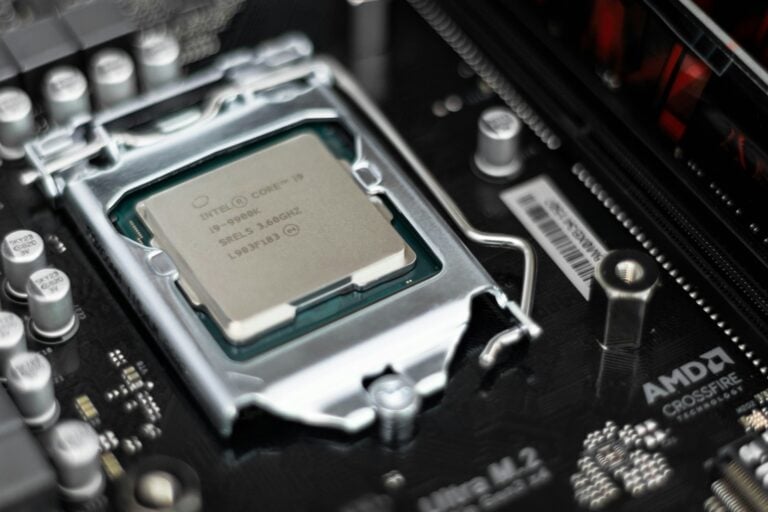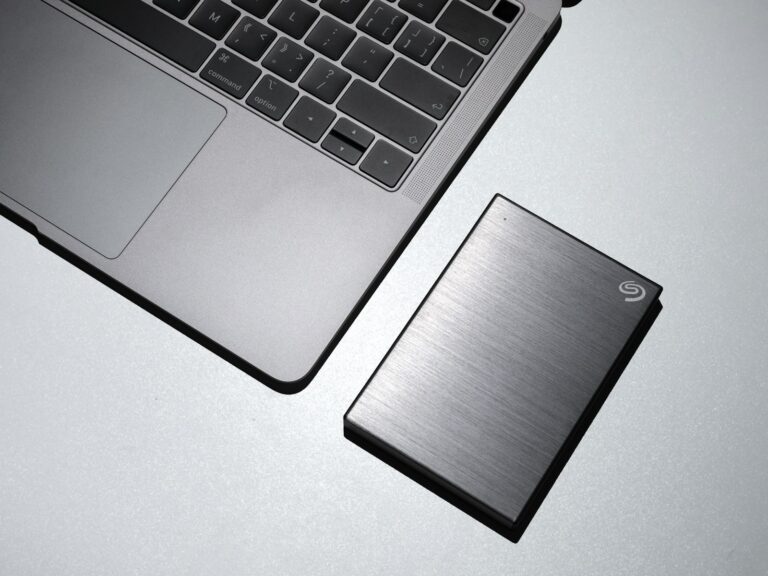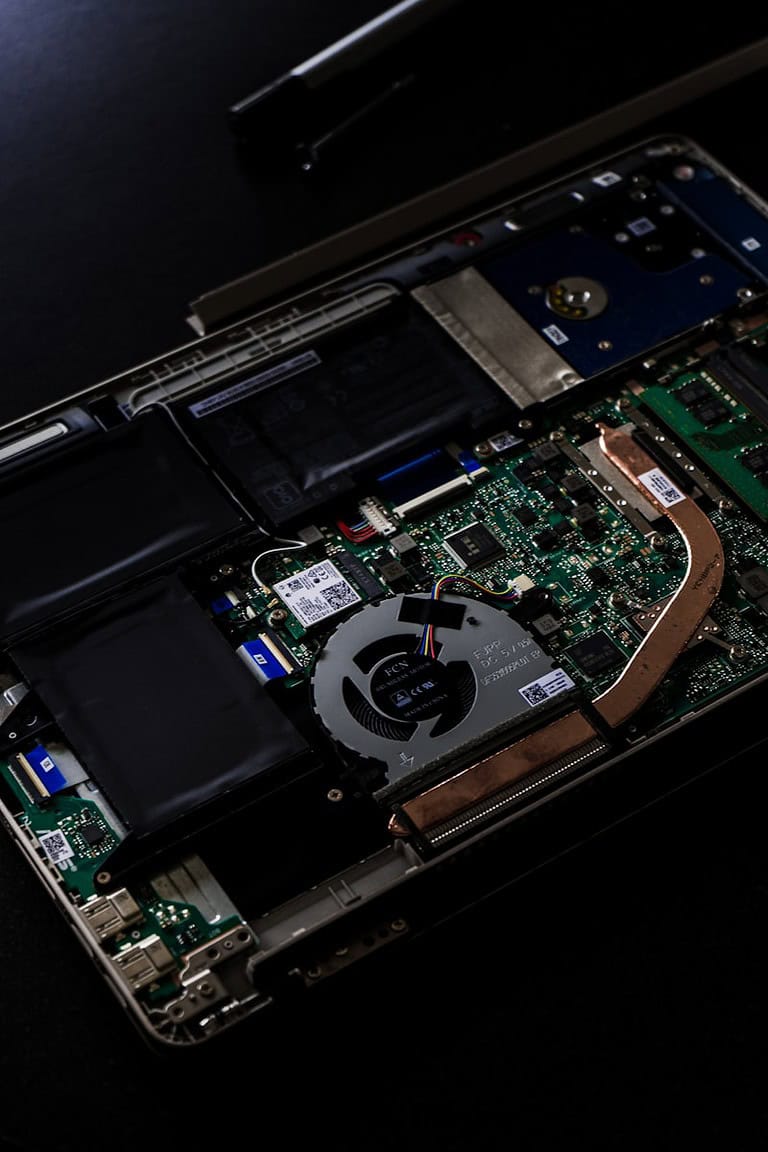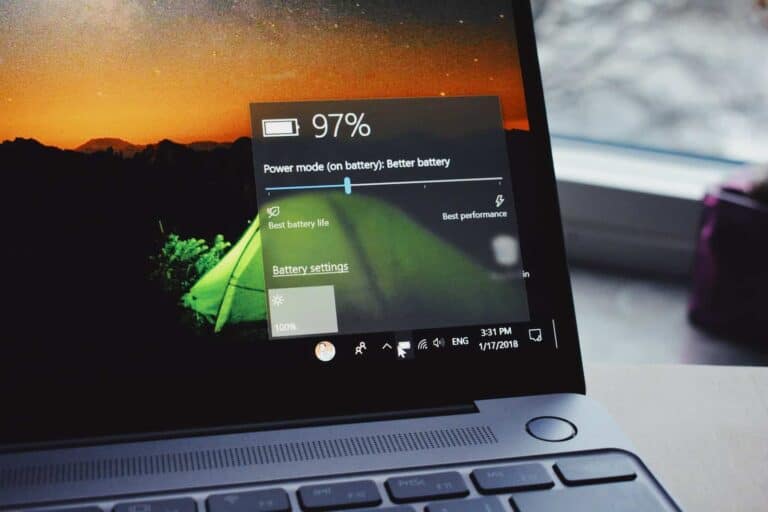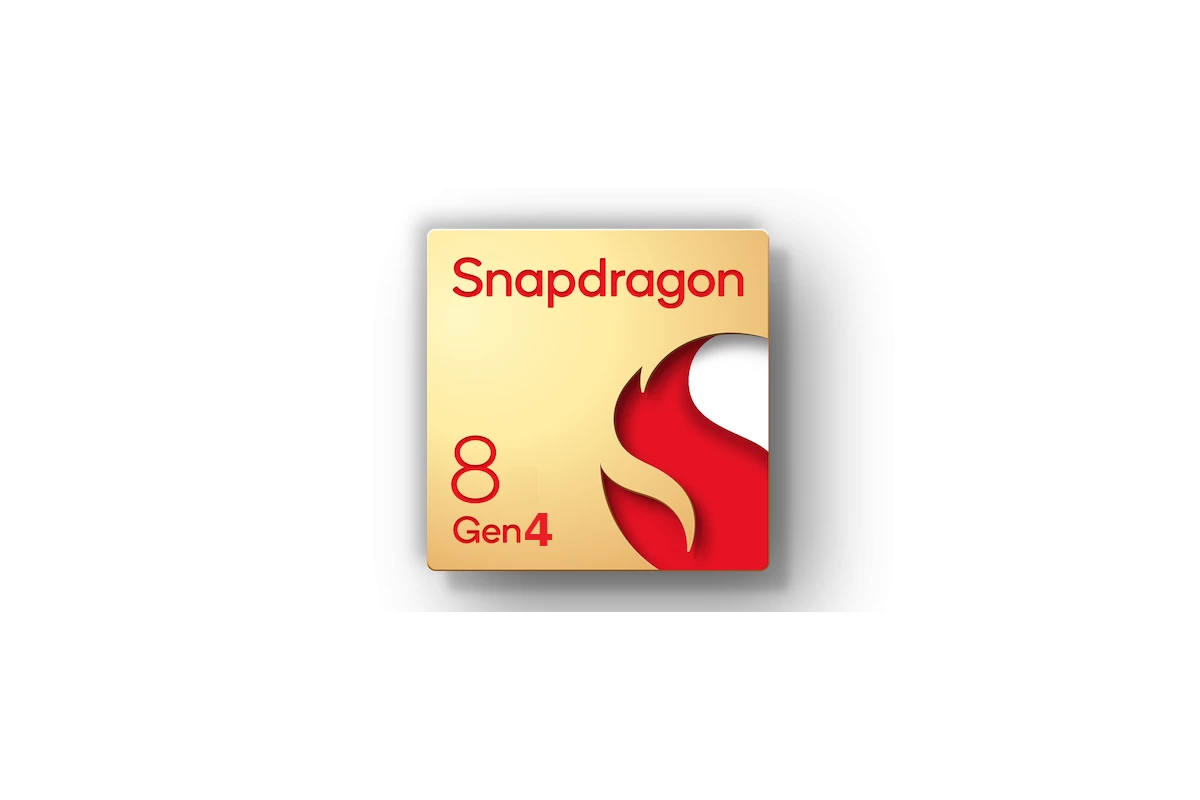
The Snapdragon 8 Gen 4 will be Qualcomm’s next major advancement in mobile processor technology. This chip is expected to power leading Android phones in 2025 and bring significant improvements in speed and energy efficiency. With powerful specs, improved efficiency, and advanced AI capabilities, the Snapdragon 8 Gen 4 is poised to redefine our expectations for smartphones. As we eagerly await its official launch and the release of the first devices powered by this chipset, excitement continues to grow. The future of mobile computing looks very promising with the upcoming arrival of the Snapdragon 8 Gen 4, which is generating a lot of excitement for its anticipated performance gains.
The Snapdragon 8 Gen 4 will likely be announced in October 2024 at Qualcomm’s annual summit. This follows the company’s usual pattern for introducing new high-end chips. The first phones with this processor might hit stores in early 2025.
Rumors suggest the Snapdragon 8 Gen 4 will use a 3nm process. This means smaller transistors that can do more work while using less power. It may also have a new core design to boost performance even more.
Snapdragon 8 Gen 4: A New Era in Mobile Performance
The Snapdragon 8 Gen 4 is poised to be the next big leap in mobile processing power, bringing enhancements in performance, efficiency, and AI capabilities. Qualcomm’s latest flagship chipset is expected to redefine what’s possible on Android smartphones, setting new standards for speed and innovation. Let’s delve into the anticipated release date, rumored specs, and potential impact of this exciting new processor.
Release Date and Launch Timeline
Qualcomm is set to unveil the Snapdragon 8 Gen 4 at its annual Snapdragon Summit, scheduled for October 21, 2024, in Maui, Hawaii. Following the tradition of previous generations, the company will likely introduce the new chipset during the event, giving us a glimpse into its capabilities and features.
While the official launch is in October, we can expect a slight delay before the first devices equipped with the Snapdragon 8 Gen 4 hit the market. Historically, there’s been a lag of one to two months between the announcement and the commercial availability of smartphones powered by the new chipset. Therefore, we might see the first Snapdragon 8 Gen 4 devices debuting towards the end of 2024 or early 2025.
Rumored Specs and Features
Although Qualcomm hasn’t officially revealed the full specifications of the Snapdragon 8 Gen 4, leaks and rumors provide valuable insights into what we can expect from this powerful chipset.
Key Features and Improvements:
- Manufactured on TSMC’s 3nm process for enhanced power efficiency.
- Features custom Oryon CPU cores for improved performance.
- New Adreno 830 GPU for superior graphics rendering.
- Upgraded Hexagon NPU for advanced AI processing.
- Support for faster LPDDR5T RAM and UFS 4.0 storage.
Potential Performance Gains:
Early benchmarks and leaks suggest significant performance gains compared to the Snapdragon 8 Gen 3. The combination of the 3nm process, Oryon CPU cores, and Adreno 830 GPU is expected to deliver a noticeable boost in overall speed and efficiency.
Expected Impact on the Market
The Snapdragon 8 Gen 4 is poised to have a profound impact on the smartphone market, pushing the boundaries of what’s possible on Android devices. The enhanced performance, efficiency, and AI capabilities are set to enable new and exciting experiences, from immersive gaming and seamless multitasking to advanced camera features and intelligent virtual assistants.
Potential Devices
Several flagship devices are rumored to be among the first to sport the Snapdragon 8 Gen 4, including the Xiaomi 15 series and the Samsung Galaxy S25 Ultra. Other leading smartphone manufacturers like OnePlus, Oppo, and Vivo are also expected to launch devices powered by this powerful chipset.
Snapdragon 8 Gen 4: A Glimpse into the Future
| Feature | Expected Specifications |
|---|---|
| Manufacturing Process | TSMC 3nm |
| CPU | Custom Oryon cores |
| GPU | Adreno 830 |
| NPU | Upgraded Hexagon |
| RAM Support | LPDDR5T |
| Storage Support | UFS 4.0 |
Key Takeaways
- Snapdragon 8 Gen 4 aims to set new standards for mobile processor speed and efficiency
- The chip is expected to use advanced 3nm technology for better performance
- Qualcomm plans to reveal the new processor in October 2024
Hardware Specifications and Architecture
The Snapdragon 8 Gen 4 brings major upgrades to CPU, GPU, and AI tech. It also improves connectivity for faster data speeds.
CPU and Core Configuration
The Snapdragon 8 Gen 4 uses a new CPU setup. It has 8 cores total. This includes 2 Cortex-X925 cores running at 4.26 GHz. The other 6 cores are Cortex-A725 at 2.8 GHz.
This is a big change from older Snapdragon chips. The new design aims to boost power and efficiency. The high clock speeds should give great performance for tasks like gaming and AI.
Qualcomm may use its own Oryon CPU cores instead of Arm designs. This could help it compete better with Apple’s chips.
GPU and Gaming Technology
The GPU in the Snapdragon 8 Gen 4 is likely an Adreno 830. It should offer big gains for mobile gaming and graphics.
Key features may include:
• Improved ray tracing
• Better power efficiency
• Faster frame rates at high resolutions
The new GPU will help phones run advanced games smoothly. It may also boost AR and VR apps.
AI Capabilities and Processing
AI is a big focus for the Snapdragon 8 Gen 4. The chip will have stronger AI hardware to speed up tasks like:
• Photo and video processing
• Voice commands
• Language translation
It may support on-device generative AI. This could let phones create text, images, and more without needing the cloud.
The AI tech will work with the CPU and GPU to make apps run faster and smoother.
Connectivity and Network Support
The Snapdragon 8 Gen 4 will likely use the Snapdragon X80 5G modem. This should give phones very fast 5G speeds.
Key connectivity features may include:
• Support for mmWave and sub-6 GHz 5G
• Wi-Fi 7 compatibility
• Bluetooth 5.4
The chip aims to offer top-tier network performance. This will help with tasks like cloud gaming, video calls, and large file transfers.
The improved connectivity should also help with IoT devices and smart home tech.
Market Position and Competitor Comparison
The Snapdragon 8 Gen 4 aims to set new standards in mobile processing. It faces stiff competition from rivals like Apple and MediaTek while pushing the boundaries of performance and efficiency.
Benchmark Performance and Comparisons
Early benchmark results hint at large performance gains for the Snapdragon 8 Gen 4. The chip’s new architecture features two high-performance cores at 4.09 GHz and six efficiency cores at 2.78 GHz.
In Geekbench tests, the Snapdragon 8 Gen 4 outperformed the iPhone 15 Pro Max in multi-core scores. This suggests a significant leap in processing power for Android devices.
The chip is expected to deliver major improvements in both CPU and GPU performance. This could lead to smoother gaming, faster app loading, and better multitasking on high-end Android phones.
Manufacturing and Production Insights
Qualcomm is using TSMC’s advanced 3nm process to make the Snapdragon 8 Gen 4. This smaller manufacturing process should bring benefits in power efficiency and performance.
The move to 3nm puts Qualcomm on par with Apple’s latest chips in terms of manufacturing tech. It may give Android phones an edge in battery life and heat management.
Production is likely to start in the months leading up to the chip’s expected October 2024 release. This timeline allows phone makers to incorporate the new chip into their flagship devices for 2025.
Industry Impact and Adoption Trends
The Snapdragon 8 Gen 4 is poised to power many top Android phones in 2025. Xiaomi’s 15 series may be the first to use this new chip.
Other major brands like Samsung, OnePlus, and Oppo are likely to follow suit. The Galaxy S25 series could feature this chip in some markets.
The chip’s performance gains may push Android phones ahead of iPhones in raw processing power. This could shift market dynamics and consumer preferences in the high-end smartphone segment.
Phone makers might use the extra power for new AI features, better cameras, or more desktop-like experiences when connected to external displays.
Frequently Asked Questions
The Snapdragon 8 Gen 4 chipset brings new features and improvements. It powers high-end phones and offers better performance than previous models. Let’s look at some common questions about this new chip.
What devices are powered by the Snapdragon 8 Gen 4 chipset?
The Snapdragon 8 Gen 4 will likely power many top Android phones in 2025. Xiaomi may use it first in its Xiaomi 15 series. Other major brands will probably follow with their flagship models.
How does the Snapdragon 8 Gen 4 compare to its predecessor, the Snapdragon 8 Gen 3?
The 8 Gen 4 uses a new 3nm process. This allows for better performance and power use. It has a different core layout than the 8 Gen 3. The new chip may have 2 high-power cores instead of 1.
What improvements does the Snapdragon 8 Gen 4 offer over the A17 Bionic chip?
Full details aren’t known yet. The 8 Gen 4 will likely aim to match or beat Apple’s A17 chip. It may offer faster speeds and better AI features. But exact comparisons will have to wait until both chips are out.
What are the AnTuTu benchmark scores for the Snapdragon 8 Gen 4?
Official AnTuTu scores aren’t available yet. The chip hasn’t been released. Early rumors suggest it could be much faster than current chips. But we’ll need to wait for real tests to know for sure.
Can you detail the architectural advancements in the Snapdragon 8 Gen 4?
The 8 Gen 4 will use Qualcomm’s new Oryon CPU cores. It may have 2 high-power cores at 4.0 GHz and 6 lower-power cores at 2.8 GHz. The GPU is said to be 43% faster than before. It will use TSMC’s 3nm process for better efficiency.
How does the Snapdragon 8 Gen 4 perform in Geekbench tests?
Geekbench scores for the 8 Gen 4 aren’t out yet. The chip is still in development. Early guesses say it could be much faster than current Android chips. But real scores will only come after the chip is released and tested.

